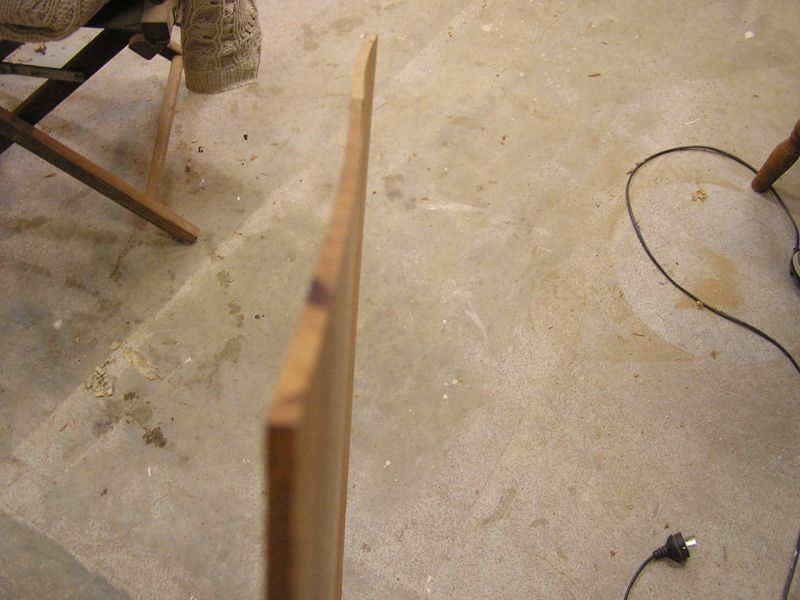Post
by J.F. Custom » Sat Jun 13, 2009 10:29 pm
Micheal and Bob are right - still very useable.
Wood can often move when it is changed dimensionally, no matter how long it has 'sat there drying' for. As Micheal said the release of tension, the moisture change etc. It's just that it's more noticeable and pronounced in it's effect on thin dimension timber - which can move all over the place day to day if the humidity levels change dramatically. Freaks you out if you're not aware or prepared for it! Larger pieces such as neck blanks can move and twist too if dressed down to size, just usually not as much.
NGR is as Micheal said (is there an echo in here?) a very stable timber. Even in its burl form, Amboyna, which is one of the busiest burls, it tends to stay perfectly flat when re-sawn dry.
Cheers,
Jeremy.
